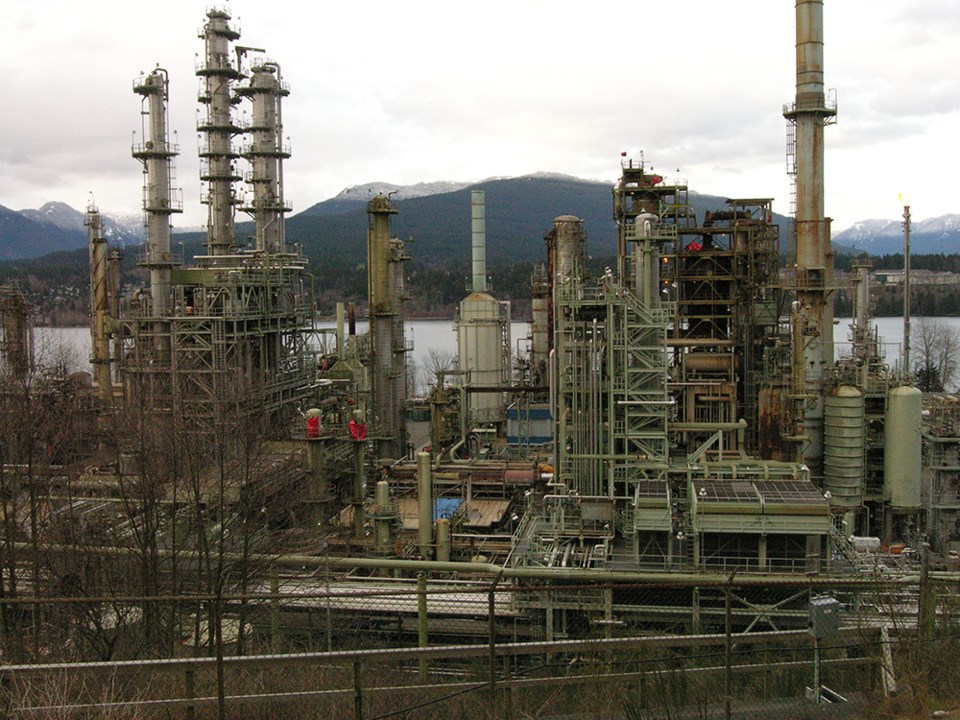All of Chevron's rail cars transporting oil through Burnaby are the same type that derailed in the tragic Lac-Megantic explosion that left more than 40 people dead, but the local refinery says its rail cars meet the current safety standards.
Jorge Marco, the Chevron refinery's new spokesperson, said 100 per cent of the refinery's rail fleet is DOT-111 cars, the same type the Transportation Safety Board highlighted in its review of the Lac-Megantic explosion. On Jan. 23, the board called for tougher safety regulations for DOT-111 cars, a very common class of rail car used to transport some hazardous goods, like propane and crude oil.
Marco said Chevron's fleet of DOT-111 cars meets all the required safety and regulatory standards and that the refinery's policy is to comply with the law. However, he could not comment on whether the refinery would make any changes, following the Transportation Safety Board's recommendations that Transport Canada heighten safety standards on DOT-111 cars.
"Chevron supports enhancements to regulation that provide effective ways to improve the safety of crude oil transport by rail, based on sound scientific, engineering and cost-benefit principles," Marco wrote in an emailed statement.
The Chevron refinery in North Burnaby started supplementing its oil supply with truck shipments in May 2012, because high demand on Kinder Morgan's Trans Mountain pipeline meant the refinery wasn't getting enough oil to run at full capacity.
Last year, Chevron started bringing in oil shipments by rail; some of which are delivered to an offloading site at the refinery in North Burnaby.
The NOW asked Chevron for a breakdown of how much oil was brought in by pipeline, truck and rail.
Marco said the majority of the refinery's crude supply comes from the Trans Mountain pipeline and the rest is through a combination of rail and truck shipments, but he could not give specific volumes.
Back in 2012, the NOW reported that the refinery's overall capacity was 50,000 to 55,000 barrels of crude per day, and that truck shipments were bringing in an extra 2,000 to 3,000 barrels (roughly seven to 10 trucks). The plan was to start bringing in another 6,000 to 8,000 barrels via rail, starting the following year.
When asked why Chevron could not release new or updated information on volumes, especially when that information was shared with the NOW in the past, Marco replied, "the issue is much bigger than what it was a year ago."
The NOW also contacted CN and Canadian Pacific Railway, whose customers both use DOT-111 cars, and both rail companies welcomed the recommendations for improved safety.
Last October, a CN train carrying oil destined for Chevron's Burnaby refinery and propane derailed in rural Alberta and caught fire.
The NOW also contacted three people from Chevron's community advisory panel, but two did not immediately return calls, and the third didn't want to comment.



